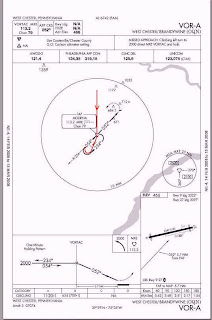sacbluesman
Pre-takeoff checklist
So I'm a couple weeks into my IR training and about to get into holding patterns this weekend. After looking at it on paper for a min or so, I can figure out which hold pattern would be appropriate however thats as far as it goes. I'm having a difficult time translating this while flying.
There has to be an easier way of determing hold entries than to draw it, then lay my pencil out on the paper or on the heading indicator to figure which side of the "line" i'm on.
Is there any words of wisdom or tricks that you guys could share that will help me out? I will be discussing this with my CFI however I'm just looking to get a little more understanding before we actually start.
There has to be an easier way of determing hold entries than to draw it, then lay my pencil out on the paper or on the heading indicator to figure which side of the "line" i'm on.
Is there any words of wisdom or tricks that you guys could share that will help me out? I will be discussing this with my CFI however I'm just looking to get a little more understanding before we actually start.



